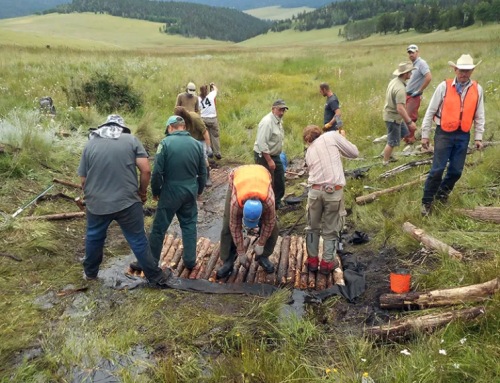In pre-market-based societies, goods and services were distributed on the basis of gift-giving and reciprocity. The most effective strategy for security, in an age without bank accounts and insurance policies, was to develop a reputation for generosity and sharing. This is a heart-warming story – so shall we put it to the test?
Here follows a case study in how the gift economy works. All of the following content, which has always been available here free, will remain so:
872 blog posts and essays;
23 essays on food systems and design;
20 to-do lists and handouts;
13 writers recommended for their insights on on design and energy;
83 radical alternatives to university and design school;
19 off-the-wall action plans for replacing education with something feral;
34 more meaningful things to do in your city than make it “smart”;
24 provocations on the future of journeying and mobility;
100 books (selected from thousands) in our fabled Reading List;
23 texts that ask, “what’s so great about social innovation?”;
42 stories about art, communication and embodied perception;
9 Doors of Perception conferences (especially transcripts and reports);
11 City Eco Labs and xskools (i.e. the learnings therefrom)
The way the gift economy works is simple: if any of this content proves valuable to you, please consider making a donation. If your monthly donation totals more than the cost of a coffee and muffin in Starbucks – or one per cent of the cost per year of your college education – then go directly to Gift Economy Heaven.
Thanks!

